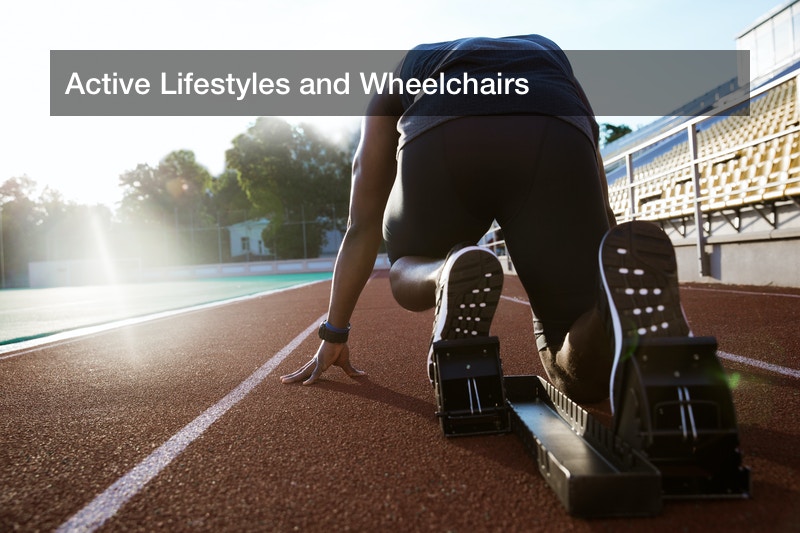
Some individuals have physical disabilities that limit their movements, and many of them are wheel-chair bound. This does not mean that the person is restricted to a bed or even a single room or house, however. There has been increasing awareness of the need for disabled individuals to get around with ease, and innovations are being made so that disabled Americans can get around more easily. This may range from wheelchair ramps to buildings all the way to dignified lateral slides for getting on and off beds or chairs, and for getting in and out of cars and vans, or even buses. Inclusive excursions are easier than ever due to these innovations and accommodations, and aside from dignified lateral slides, wheelchair locks, wheelchair arm pads, and more are available for those in need. Folding wheelchairs are also an option for someone who wants easy storage of a wheelchair, and such chairs are often used in hospitals as well for the patients. What is there to know about the American disabled population and how devices such as dignified lateral slides can help?
The Physically Disabled Community
In today’s nations where the life expectancy is over 70 years, people will spend about eight years, or 11.5% of their lifetime, living with disabilities. What is more, around 10% of the entire world’s population, totaling to nearly 650 million people, are living with disabilities of various kinds. This figure is higher among the world’s poor, where around 20% of individuals have a disability. Meanwhile, just over 20 million people aged 18 and over have significant difficulty with walking or climbing up stairs, which makes up 7.1% of non-institutionalized people who have disabilities. In fact, this population has grown slightly, and from 2010 to 2016, the American civilian population with disabilities grew from 11.9% to 12.8% of the general population. It is also estimated that around 3.6 million people aged 15 and over are using a wheelchair.
What exactly does it mean to have a disability? According to the American Census Bureau, disability status is defined through six types of questions that measure difficulty with hearing, vision, cognition, walking or climbing stairs, self-care, and even independent living. Some disabilities are in fact mental ones, such as Down Syndrome or classic autism (high functioning autistic individuals may or may not be considered disabled). Most often, however, physical disabilities are the ones that are the most visible and require special hardware or travel accommodations. A person may be an amputee, for example, missing a foot, a hand, or even more than one limb or extremity. Disabled individuals may be partially or totally paralyzed, such as from the waist down or even the neck down. Paralysis such as this can certainly bar an individual from walking or climbing stairs, so they need particular hardware to make such work possible.
Hardware for the Disabled
For a physically disabled individual,wheelchairs, ramps, dignified lateral slides, and more can make it easier to get around and avoid harm. A person paralyzed from the waist down, for example, cannot simply walk on board a bus like an ordinary person could. Instead, this individual will be in a wheelchair (manual or electric) and will board a bus or a large van using a motorized ramp. Buses and other vehicles which can include the disabled will deploy such a ramp and allow the person to position themselves on it. Then, the ramp will raise them and give them access to the vehicle’s interior. The reverse is done when the disabled individual is ready to get back out of the vehicle. On board a bus, some parts of the floor space may be designated for wheelchair-bound passengers only, to ensure that there is room for them. Meanwhile, many buildings have wheelchair access ramps as an alternative to the stairs, allowing anyone in a wheelchair to simply roll up and down the ramp without bumps or obstacles.
In other cases, dignified lateral slides are useful for smaller scale transits. This is a durable, curved piece of hardware with a central pad that slides from one end to the other, and the disabled individual sits upon that slider. They can use it to transit between seats, beds, their wheelchair, and anywhere else that they need to go, safely and conveniently.

